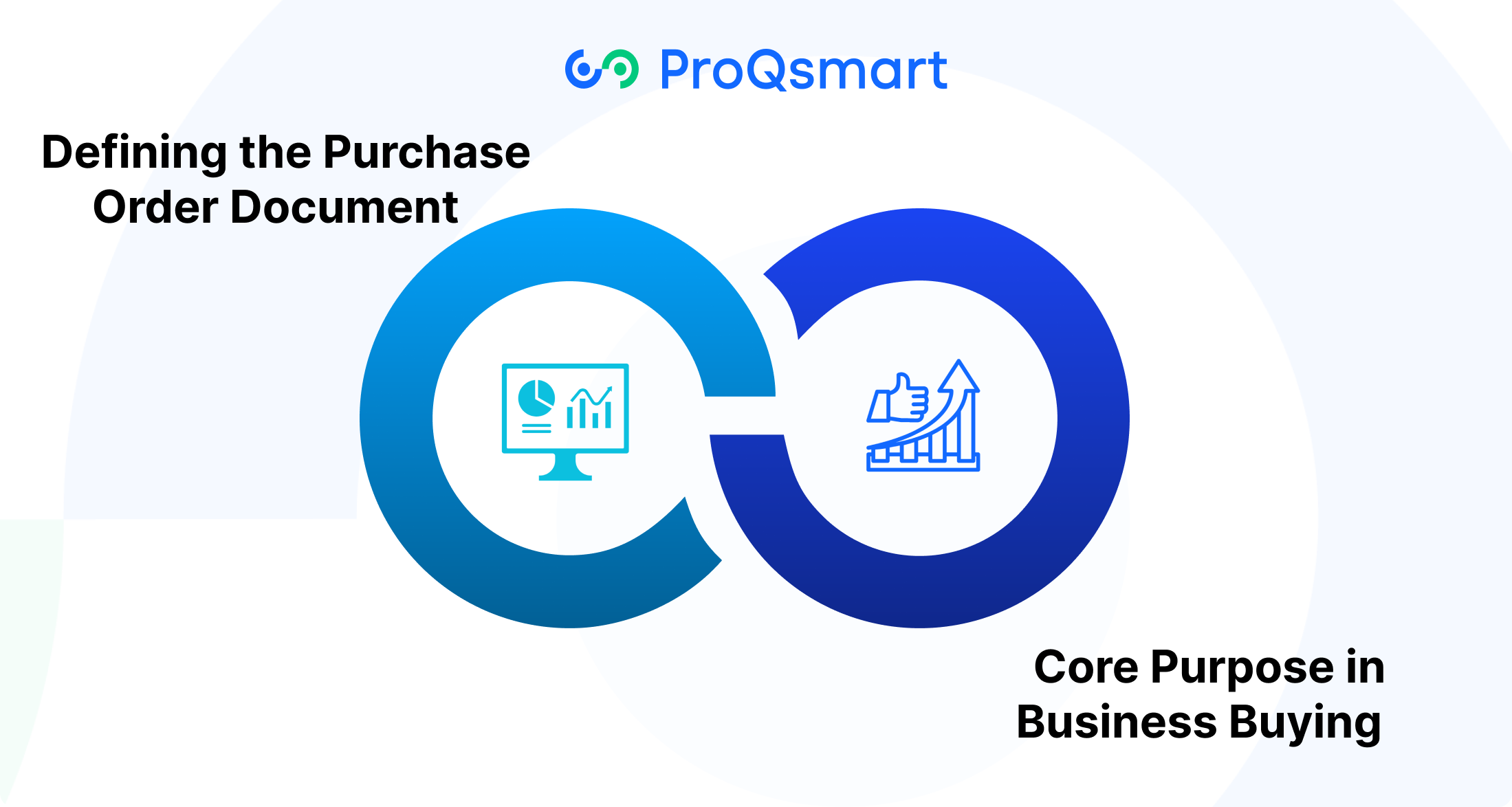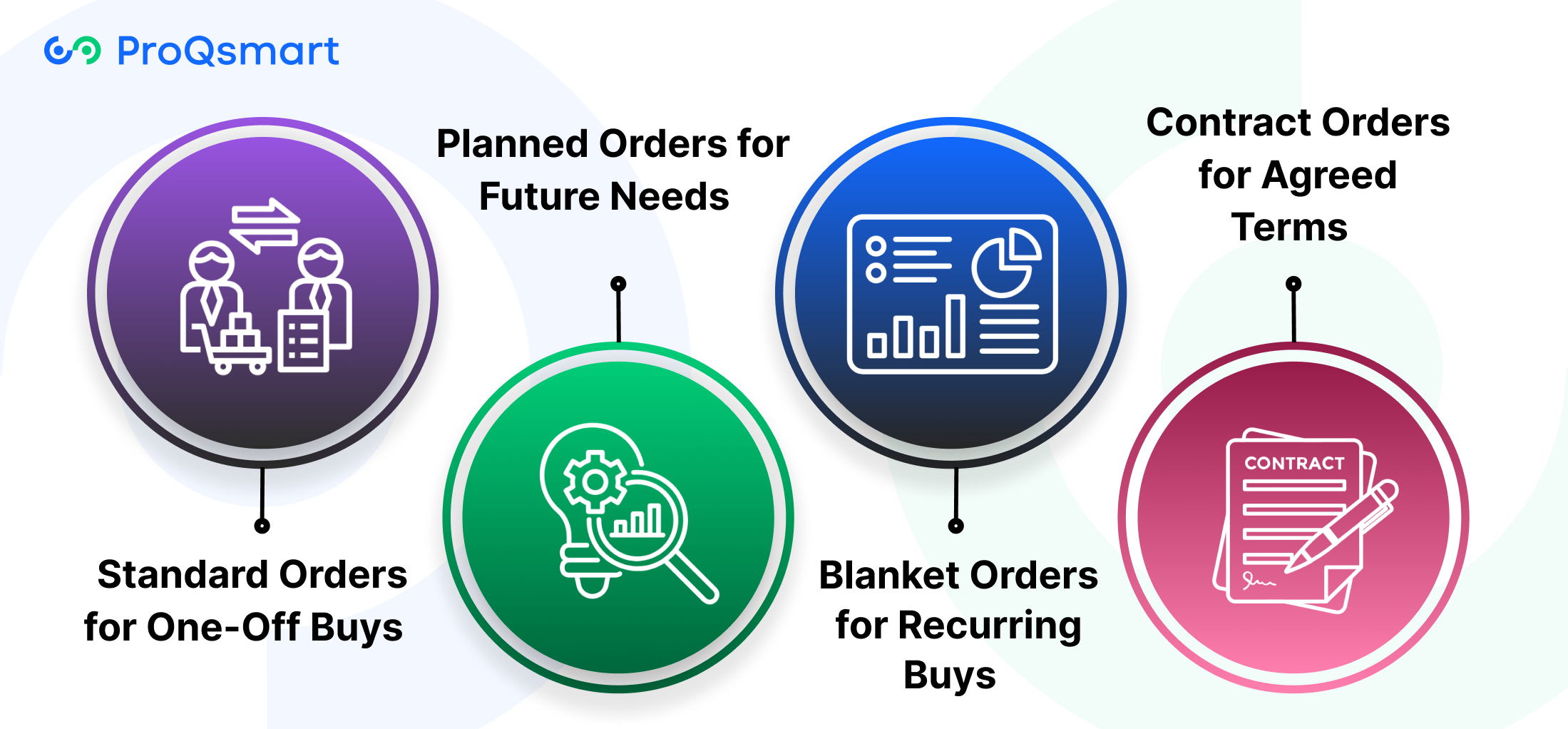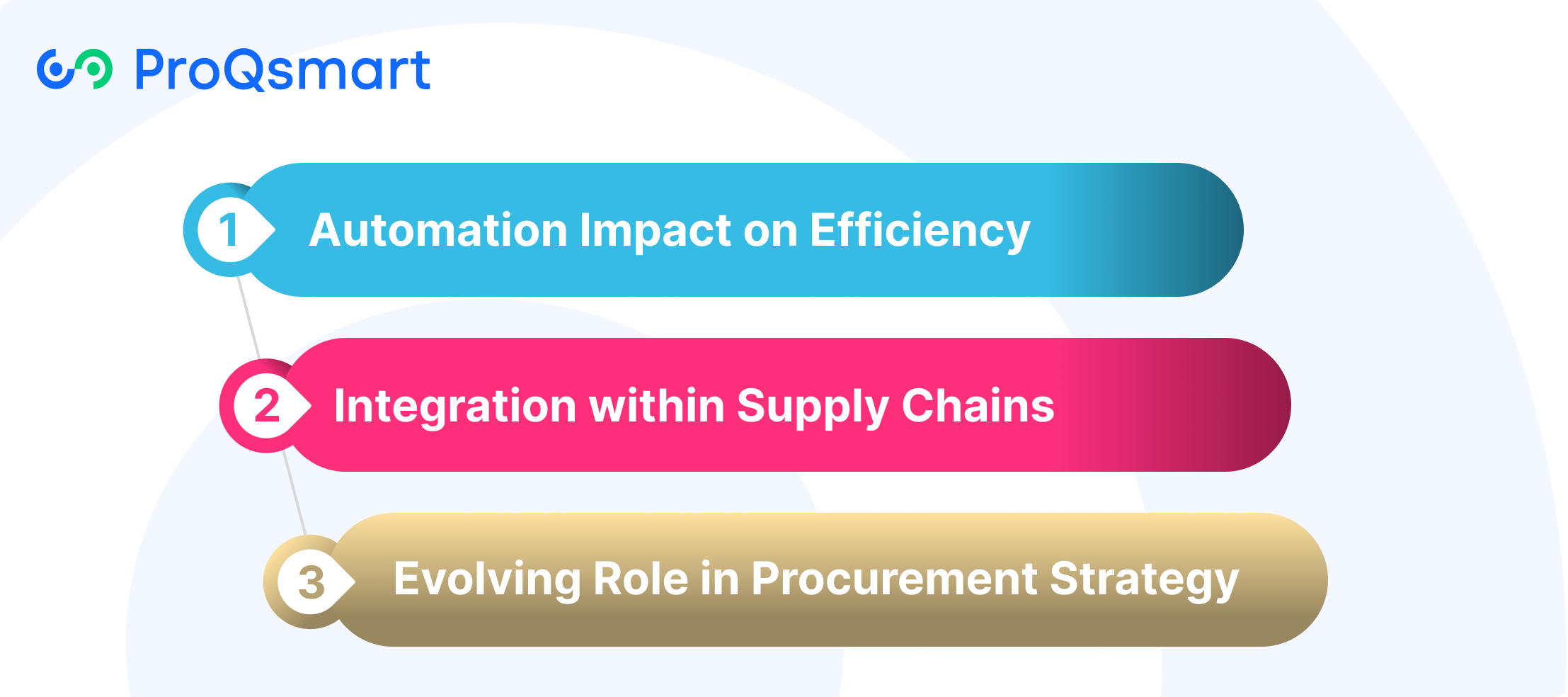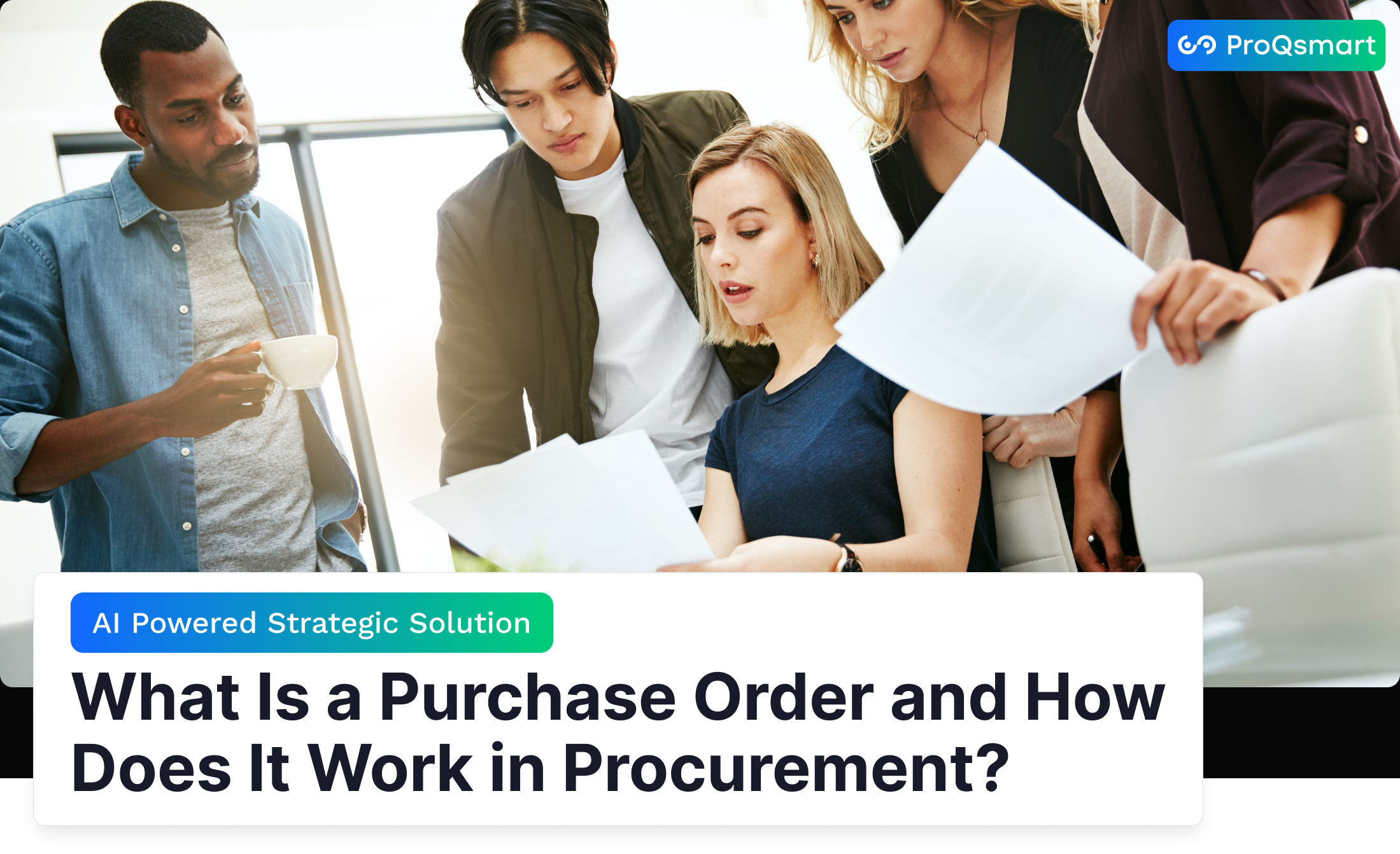A purchase order serves as a clear written description of what various teams (procurement, accounts payable, etc.) want to purchase from a vendor or seller. It lays out all costs, items, and shipping dates from the beginning. Every order brings together all of the relevant details into one document.
This oversight allows both parties to be clear about expectations and follow the transaction from beginning to end. Purchasers count on these orders to stay organized, reduce costly mistakes and errors, and monitor budgets. Sellers rely on them to plan inventory, build production runs, and issue invoices that correspond with the purchase order.
When teams leverage purchase orders correctly, they identify compliance gaps immediately, maintain compliance, and save time on the entire procure-to-pay cycle. Our central story will unpack those steps and provide advice to better implement them so teams can be more effective.
What Exactly Is a Purchase Order?

A purchase order, or PO, is what establishes the groundwork for each official company purchase. To put it simply, a purchase order acts as a legally binding contract between an organization and its supplier. This contract provides the specifications that document the buyer’s requirements.
It outlines the delivery date they’re expecting and the price they are willing to pay. Vendors have a clear understanding of what the buyer is looking for, down to the nitty-gritty. This ensures that everyone has a shared understanding from the very beginning.
Many teams utilize POs to prevent confusion and maintain an efficient purchasing process.
Defining the Purchase Order Document
Every PO spells out key facts: what is being bought, how many, at what price, and the payment terms. Buyers enter all the correct contact information, shipping information, item number information, and special instructions.
These facts really are what make the PO a robust business record. Companies are storing these documents for 7 years on average, depending on the industry, potentially for audits or just tracking their spend. Omitting critical information in a purchase order can throw off the whole ordering process.
This lack of attention can lead to unexpected delays in payment and delivery.
Core Purpose in Business Buying
The primary purpose of a PO should be to keep the procurement process easy and transparent. It allows the purchaser and the vendor to easily see what’s been ordered and what’s yet to be shipped.
A well-maintained PO allows project teams to easily monitor supply on hand and budget expenditures. So for instance, blanket POs cover recurring purchases and one-off POs take care of single large purchases.
POs make it easier for buyers to obtain favorable terms such as discounts or extended payment terms.
Why Businesses Rely on Purchase Orders
For custom manufacturing, purchase orders are one of the building blocks on which business relationships are built. First, they offer businesses a transparent and visible process to obtain goods and services. These documents provide business internal control measures to track all ordered items, funds expended, and expected delivery date.
This new structure gives teams the authority to own execution. It helps to keep everyone on the same page, which is especially helpful in dealing with large and/or complex orders that involve many moving parts.
Streamline Buying Process Now
By relying on purchase orders, teams develop an efficient, straightforward workflow for purchasing. Doing so ensures that all parties operate under the same regulations with every transaction. Instead, a company can design one form that includes all the important information in one place, including item, price, quantity, delivery date.
This method significantly minimizes the risk of errors. Having a defined process helps ensure that orders go through faster from request to approval, reducing unnecessary bottlenecks. Companies that take advantage of purchase orders have realized as much as a 10% decrease in inventory expenses. They purchase only what they require, greatly mitigating the risks associated with overstock.
Create Clear Audit Trails
Purchase orders are essential as a business paper trail for each and every purchase. Each order receives a unique number, which allows for simple retrieval of order information in the event of an audit. This allows sales and procurement teams to easily show what was purchased, at what time, and from who.
Less ambiguity equals quicker dispute resolution and no more missing holes. Giving their teams a way to demonstrate compliance and accountability can make all the difference when the organization undergoes a financial audit.
Improve Shipment Tracking Accuracy
A single purchase order lets you know exactly where each order is at. Additionally, with having unique numbers, most teams and suppliers can track shipment status immediately. This brief reference allows both parties to anticipate and discuss what the expected lead times for delivery will be.
It ensures parts or raw materials needed for production are received, helping maintain inventory at the optimal level and reducing instances of missed or late shipments.
Enhance Budget Management Control
Purchase orders provide a real-time view of planned spending before a dollar leaves, making them essential in the purchase order management process. Purchasing teams can look back on order history to determine if an order aligns with budgetary constraints, enabling them to secure crucial sign-offs and identify potential savings.
Strengthen Supplier Communication
Complete and unambiguous orders promote better communication between your internal teams and with suppliers. With everything documented in writing, both parties understand exactly what is expected.
Frequent communication and updates on order status help establish greater trust between the two parties and reduce the likelihood of misunderstandings or delays.
How Does a Purchase Order Work?
Buyer Initiates the Request
Buyers begin the process by identifying a requirement—for example, replacement components for a manufacturing plant. Employees place orders by filling out a purchase requisition form, providing information such as item specifications, product details, quantity and delivery dates.
This document then goes to the purchasing department, formalizing the request and creating a clear, documentable audit trail.
Internal Approval is Secured
The request route then goes to approvals, where department managers or finance directors review it against budget and need before approving. Digital purchase order systems facilitate and route these approvals, making the process quick, trackable, and compliant with company purchasing policies.
PO Sent to the Supplier
After the agreement is approved, the buyer issues the PO. This agreement outlines the price, conditions, and delivery information.
The team sends it to the supplier, often by email or a procurement platform, and keeps a copy for future checks.
Supplier Confirms Order Acceptance
Vendors will respond to acknowledge the purchase order, securing all terms and conditions. Any amendments or discussions take place here.
Each side has an excellent record for the other side to point to now.
Goods or Services Delivered
Once the purchase order is issued, the supplier can then ship the goods or provide the services. Your receiving team can utilize a purchase order management solution to compare the incoming shipment or completed work to the aligned PO, identifying defects or discrepancies immediately—in real time.
Supplier Issues Corresponding Invoice
Suppliers generate and send an invoice that matches the purchase order number. Each detail, including pricing, quantities, and dates, aligns, making the payment process much smoother.
Three-Way Matching Verification
Accounts payable teams cross-reference the purchase order systems, invoice, and proof of receipt. This three-way match enhances the purchase order management process by preventing data entry errors and detecting fraud.
Invoice Approved for Payment
If all looks correct, finance approves and prepares to disburse payment for the purchase order processes, while any invoices approved for payment are archived for future audits.
Final Payment Processing Completed
Finance then pays according to negotiated terms, enters the invoice into accounting, and notifies the supplier when the payment has been made, ensuring a smooth purchasing process.
Exploring Different Purchase Order Types

Purchase order types influence how organizations drive and protect the flow of goods, optimize spend, and establish credibility with third-party suppliers. It’s their variety that allows them to address a wide spectrum of procurement needs, from one-time, ad-hoc purchases to years-long, complex supply agreements.
Understanding these types allows teams to better align the right tool to each job, ensuring workflows remain streamlined and costs under control.
Standard Orders for One-Off Buys
Standard purchase orders (SPOs) are most effective for straightforward, one-off purchases. Each SPO goes into detail specifying what good, how much, the cost, and where and when to deliver it.
These are useful primarily for teams that are producing one-time purchases, like a new CNC machine or a batch of custom parts. Their power is in their transparency—not a single detail is overlooked, and both parties are aware of what to expect.
Operations teams love them for their efficiency and for the way they cut a straight line through the process and help document everything.
Planned Orders for Future Needs
Planned purchase orders set the stage for what teams plan to acquire down the line. Yet, they fail to provide hard ship dates.
These types work well when they have an idea of what’s needed but not quite when. A manufacturer may need 100 new sensors each month for the next six months.
Official comments could then lead to changes in the selected project, which would affect the final delivery dates. PPOs are an essential tool for teams to maintain a consistent stock and prevent depletion, aligning closely with lean inventory objectives.
Blanket Orders for Recurring Buys
Blanket purchase orders (BPOs) encompass more general or recurring needs, such as large, steady shipments of sheet metal or solder. With BPOs, teams can make price and quantity changes in real time.
This flexibility is what makes them different from PPOs, which require you to make those decisions upfront. It’s no surprise that many report that BPOs reduce inventory holding costs by an average of 10% and help create more seamless communication with suppliers.
Contract Orders for Agreed Terms
Contract purchase orders (CPOs) set out the ground rules, how much, when, and how to pay, without stating what to purchase or deliver. CPOs may be boring, but they create the foundation for larger and more complex deals, establishing the ground rules for subsequent orders that follow.
They assist teams in honoring contracts and maintain a level playing field. With technology solutions like Zluri, procurement teams can drastically reduce time spent on negotiations and procure critical resources more quickly.
PO vs. Other Procurement Documents
In procurement, a well-documented process led to easy purchase orders, vendor payments, and a seamless audit trail. Whether a purchase order, invoice, requisition, or contract, each document plays a part. They collaborate to establish favorable terms, monitor what is being ordered, and maintain accurate numbers.
Having a strong understanding of their jobs allows teams to minimize risk and expedite the work.
Purchase Order vs. Invoice
A purchase order (PO) initiates the procurement. It provides the supplier with specifics as to what is required, the quantity required, the delivery date, and the delivery location. For example, a manufacturing plant could ask for a purchase order for 1,000 pounds of steel.
This purchase order is scheduled to enter in three weeks to their Texas facility. An invoice arrives later, issued by the vendor, requesting payment after goods have shipped or been received. It details everything that was delivered and due.
Both help to prevent budgetary malpractice. POs represent what was agreed upon, invoices represent what is being billed. Matching them together determines whether or not the order and payment are consistent with each other.
If a PO covers an order under a contract purchase order (CPO), it must meet the contract’s payment terms, shipping rules, and legal terms.
Purchase Order vs. Requisition
Unlike a PO, a requisition is an internal request for the company. Maybe it could read, “We want to procure ten new spindles for our CNC machines.” The entire team collectively looks at it. If the requisition is approved, it converts to a PO and is sent to the supplier.
Requisitions start the checks and controls. POs make something tangible out of that request by formalizing it in an order. For Chief Product Officers, the contract determines the major terms—such as pricing and delivery for an entire year.
Every new PO issued under it gets bound to such rules. In addition to eliminating unnecessary spending, CPOs save money by simplifying and speeding up procurement, locking in price and terms while making future planning easier.
Optimizing Your Purchase Order Workflow
An optimized purchase order workflow is hugely beneficial for any custom manufacturing business. By automating purchase order processing, teams can rely on quicker cycles, reduced errors, and stronger supplier relationships. Once they take the right steps, businesses experience evident cost savings and improved security.
In fact, data from a recent Gartner survey found that automated, digital purchase orders reduce supplier payment costs by an average of 20%. This productivity gain is a clear bottom-line benefit for companies looking to maintain their competitive advantage.
Embrace Digital PO Systems
Transitioning to digital purchase order systems streamlines processes and reduces the risk of costly mistakes. Electronic POs allow teams to monitor orders in real-time and reduce paper consumption. With automation, teams can create, review, and approve requests more quickly.
Take ProQsmart, for instance, an AI-powered procurement platform that helps you centralize e-tenders, streamline workflows, and track suppliers with ease. With these tools providing real-time updates, no one is left in the dark, and everyone is able to remain synced on the same workflow.
Implement Clear Approval Chains
Good approval chains create both trust and speed. When each stakeholder is clear on what is needed from them and when, every approval goes through quickly without bottlenecks. Transparent supply chains operate at their most efficient route when clearly outlined and monitored.
This ensures that bottlenecks are easily detected and resolved. Accountability increases with every step recorded since audits are easy to implement.
Maintain Accurate Supplier Data
Quality, accurate data helps ensure orders are filled correctly. By having a singular location with up-to-date supplier information, everyone from finance to receiving can access what they need quickly. Changes to contacts or terms immediately roll into the system.
Teams united by strong relationships with suppliers experience quicker resolutions and improved cost savings.
Integrate with Financial Systems
Connecting your purchase order systems with your finance tools allows information to travel seamlessly, enhancing the efficiency of the purchase order management process. This integration equates to less double entry and a reduced chance for error, ensuring budgets remain under control with real-time checks.
Address Common PO Challenges
Delays and errors are inevitable in any workflow. By implementing BPM tools, organizations can better identify gaps and address inefficiencies, ensuring a streamlined process that reduces costs.
Teams that regularly evaluate and adjust their process proactively stay ahead of change and become more agile.
The Future of Purchase Orders

The future of purchase orders is bright and full of potential. As innovative technology and creative thinking continue to rattle the world of procurement, that future is pretty exciting. Today, digital tools and AI-driven platforms are changing how teams create purchase orders, reducing the reliance on outdated manual processes.
As a result, hundreds of companies realize considerable benefits by going digital. These automated systems allow them to be more nimble and agile to the pace of dynamic global supply chains and changing business requirements.
Automation Impact on Efficiency
Automation is proving to be a definite game-changer in the way teams streamline purchase order management. Platforms such as ProQsmart help you streamline your process. They handle everything from creation and approval to payment and reconciliation by automatically integrating with ERP systems.
This change reduces or eliminates manual processes and helps procurement teams on a tactical level so they can spend time on big-picture initiatives.
Automation can more than address these challenges by simplifying the entire purchase order process. Moving to digital systems enabled companies to lower inventory costs by an average of 10%. They double as inventory managers, keeping stocks full so there are fewer empty shelves and less spoilage.
Integration within Supply Chains
Purchase orders are used to connect buyers, suppliers, and logistics teams. What’s more, digital PO systems provide built-in messaging, so all parties communicate in real time. This deep integration makes it easy to handle contracts that set terms for weeks or months into the future.
This makes it easier to track every step of the process with ease. ProQsmart takes it a step further, powering real-time, dynamic collaboration, supplier risk management, and capital spending management with AI.
Evolving Role in Procurement Strategy
When business goals change direction, purchase orders allow you to ensure procurement always supports the available budget and your overall strategy. With tools that automate PO processes such as ProQsmart, businesses consistently monitor spending, actively monitor supplier performance, and maintain data organized and ready for audits.
This transparency fosters public trust, increases taxpayer savings, and enables smarter decisions.
Conclusion
Often, purchase orders are what help keep the wheels spinning — for any shop or factory looking for predictable business and clean transactions. Teams that regularly leverage well-defined POs eliminate confusion, save time, and reduce rework. Folks receive speedier approvals, have a greater awareness of what’s on the horizon, and identify mistakes before money or material leave the building. As one of our favorite engineers pointed out, engineers love the numbers and the paper trail. This is important to owners who value pristine records and making moves quickly. Digital tools make work more efficient, streamlining the process and cutting down on the busywork. Every store looking to scale should be able to benefit from a streamlined PO process. When you are on a team that values less stress and more wins, it’s clear that establishing a strong PO process is an investment that reaps rewards. Looking to learn more about a specific topic? Learn more about ProQsmart and schedule a demo for your team today!
FAQs
What is the main purpose of a purchase order?
A purchase order (PO) is a legally binding document issued from a buyer to a supplier that finalizes a purchase decision. It enumerates the items, amounts, and pricing, as well as billing and shipping addresses. ProQsmart to make sure your POs are always accurate and compliant.
How does the purchase order process work?
A company prepares a purchase order, provides it to the vendor, and awaits vendor acceptance. After it’s approved, the supplier at that point provides the goods and invoices the buyer, streamlining the purchase order processes for a smooth purchasing process.
Why should companies use purchase orders?
Purchase orders safeguard purchasers by providing a written record of what has been ordered and agreed to, while ProQsmart’s intelligent purchase order systems enhance fraud protection and streamline the purchase order tracking process.
What types of purchase orders are there?
There are regular, blanket, and contract purchase orders, which fit specific procurement processes. ProQsmart accommodates all PO types, ensuring efficient purchase order processes for any business need.
How do purchase orders differ from invoices?
The buyer sends a purchase order to order products, while the vendor issues an invoice to formally request payment. ProQsmart maintains both documents in one place for efficient purchase order processes and quick audit and payment processing.




